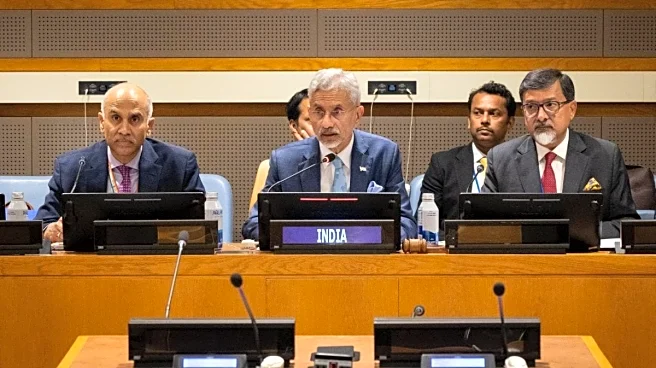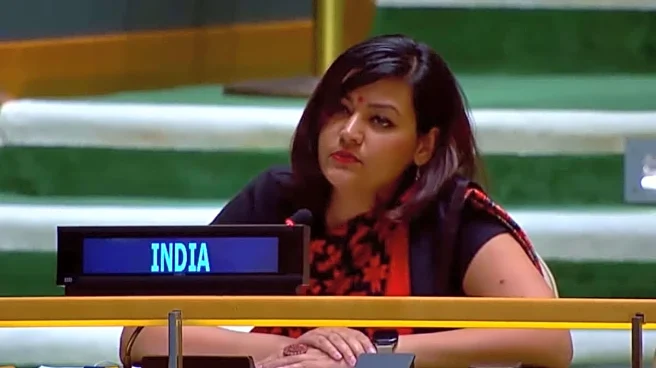
On 29 September 2016, India publicly declared that it had carried out “surgical strikes” against terrorist launch pads across the Line of Control (LoC). The Army’s Director General of Military Operations (DGMO) described the raids as a “pre-emptive action” based on credible intelligence of militants preparing to infiltrate into Jammu and Kashmir and beyond. The choice of words was deliberate: India’s intent was framed as protection, not provocation.Defence and security establishment sources revealed that about seven launch pads were struck in operations involving Para (Special Forces) units, using a mix of ground infiltration and heliborne insertion. The government avoided releasing casualty figures, instead stressing precision, professionalism,
and closure, presenting the strikes as a measured signal rather than an open-ended escalation.A Turning Point for Border CommunitiesFor the people of Jammu and Kashmir, particularly those living in villages straddling the LoC, the strikes were more than just a military manoeuvre. For decades, border residents have lived with the spectre of cross-border infiltration, shelling, and forced evacuations. The Uri terror attack, just 11 days earlier, in which 19 Indian soldiers were killed, had highlighted how deeply vulnerable these communities were to Pakistan’s proxy war.The government’s framing of the strikes — as retaliation — resonated locally. The action was projected as a step to prevent further bloodshed by disrupting terror infrastructure before it could spill into Kashmir’s villages and markets. For civilians long accustomed to absorbing the initial shock of escalation, this was a significant shift: the state was not simply reacting to tragedy, but moving to prevent it.Thousands of residents were temporarily evacuated from the 10-kilometre belt along the LoC in anticipation of reprisals. Yet many also described a sense of reassurance — that the Army was acting decisively and with their safety in mind.Professionalism as a Source of StabilityThe strikes also reinforced the image of the Indian Army as a disciplined, restrained, and professional force. Conducted with precision by Special Forces, the operations resulted in no Indian casualties, despite multiple raids across the LoC.For Kashmiris used to witnessing prolonged firefights and collateral damage, this was a striking contrast to the indiscriminate violence unleashed by Pakistan-backed groups. The Army’s conduct highlighted that the objective was not vengeance but stability; to neutralise terrorist infrastructure while avoiding escalation.This careful messaging was echoed in local administration briefings and Kashmiri media coverage. The Army’s role was portrayed not as an aggressor, but as a protector; a force that would act decisively yet responsibly to ensure the safety of ordinary people.Strategically, the strikes demonstrated India’s willingness to breach old thresholds. But deterrence along the LoC is rarely permanent. Government data shows that ceasefire violations (CFVs) actually increased in subsequent years: from 449 in 2016, to 881 in 2017, 2,140 in 2018, 3,479 in 2019, and a staggering 5,133 in 2020. Pakistan continued to employ militancy and LoC fire as instruments of pressure.Yet the strikes altered the equation in another way: they introduced uncertainty into Pakistan’s calculus. For the first time in years, handlers across the LoC had to contend with the possibility that India might act across the boundary again. For border residents, that unpredictability was a reassurance in itself.The real relief for civilians, however, came later. The February 2021 reaffirmation of the 2003 ceasefire dramatically reduced violations for many months, allowing schools to reopen, farming and construction to resume, and everyday life to normalise in frontier villages.From Bunkers to HomestaysEven as violence ebbed and flowed, the state invested in strengthening civilian resilience. Since 2018–19, the government has sanctioned over 14,000 individual and community bunkers in the border districts of Jammu and Kashmir, many of which have directly saved lives during episodes of shelling.When the guns quietened after 2021, new opportunities emerged. In Keran (Kupwara) — once synonymous with evacuations and artillery duels — bunkers gave way to homestays, with residents hosting tourists along the Kishanganga river. These initiatives remain fragile, but they illustrate what “stability through strength” means when calm takes root: the chance for border communities to live — and even prosper — under the shadow of peace.A Lasting NarrativeTourism trends and development projects in Kashmir have remained volatile, buffeted by periodic violence and global disruptions. Yet the protector narrative seeded in 2016 endures. The surgical strikes helped recast the Army’s role in Kashmiri eyes: not merely guarding lines on a map, but acting pre-emptively to shield civilians from harm.The lesson for the Valley has been clear. Strength, exercised with discipline, is not a threat but a prerequisite for peace. Retaliation, when framed as a form of protection, can disrupt cycles of violence. Stability, when assured by the state’s institutions, opens the door to development and dignity.Nearly a decade on, the 2016 surgical strikes remain a milestone not only in India’s military history but also in Kashmir’s lived experience of conflict. They showed that the Army’s strength could be harnessed as a shield for civilians and a deterrent to adversaries.For Kashmir, the enduring takeaway is this: peace and progress are inseparable from security. And security, in turn, rests on the willingness to act with both resolve and restraint. In 2016, India demonstrated that stability is won not by silence, but through strength with responsibility. A message that continues to shape the Valley’s search for peace.
/images/ppid_a911dc6a-image-175913665809967618.webp)


/images/ppid_a911dc6a-image-175895736516557445.webp)



/images/ppid_59c68470-image-175890503863549362.webp)




/images/ppid_a911dc6a-image-17589689616405711.webp)
/images/ppid_a911dc6a-image-175905869518465403.webp)
/images/ppid_a911dc6a-image-175900664549661122.webp)
